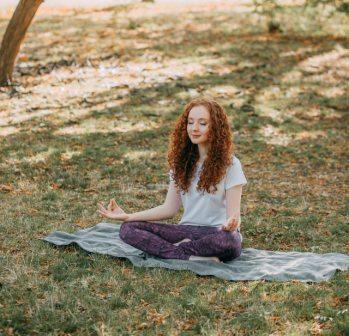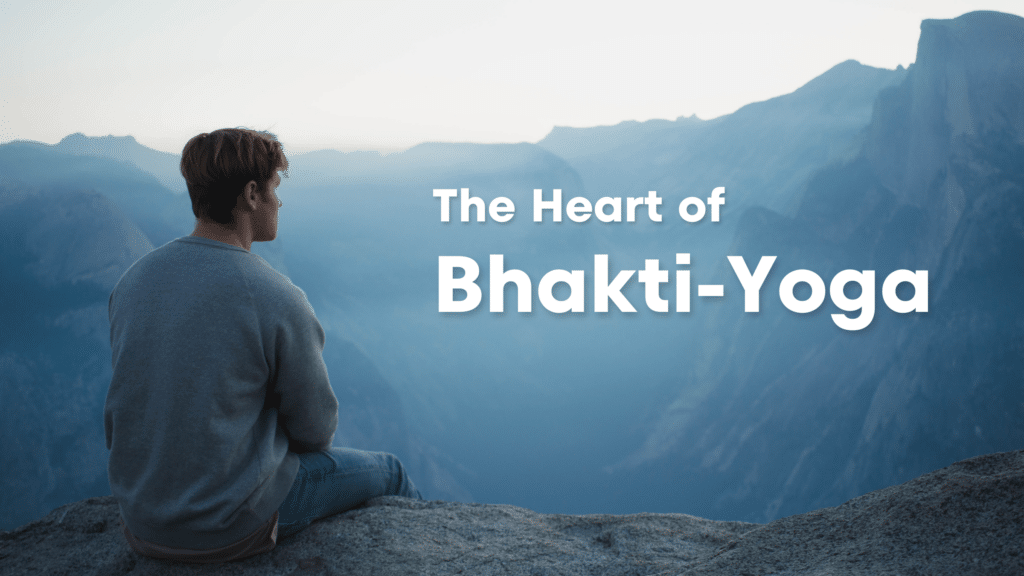Why mindfulness and meditation should not be optional during a crisis


“Forces beyond your control can take away everything you possess except one thing – your freedom to choose how you will respond to the situation.” ― Victor E. Frankl
If you’re anything like me, you’re probably struggling to stay focused and mindful these days. And by “mindful” I mean paying attention to what’s happening at any particular moment – or in other words, being fully present, in your present.
Distraction and inattentiveness seem to be common complaints strewn across the walls of Facebook and Instagram… and therefore, incidentally, also nothing to feel guilty or unworthy over.
I’ll confess something to you – writing this article right now is at least 200 times harder than it should be. Self-isolation, social distancing, lockdown, and quarantine all seem to turn grey matter into porridge. Let’s face it, even before this pandemic started locking us down, the ability to stay focused was not far from being a superpower anyway.
Distraction is everywhere, all the time.
It’s going to be tough to meditate, which is exactly why you should do it.
And we’re not the only ones who think that meditation and mindfulness are a great way to deal with the psychological fallout of the COVID-19 crisis.

In her article for the LA Times, journalist Lisa Boone gathered together some expert advice and useful tips for incorporating meditation and mindfulness into your crisis coping strategy.1 She even includes a list of online resources and apps that may help in coping with anxiety. Chantnow.com is not on that list, but it could be.
So why is mindfulness meditation such a great idea right now? And how does mantra meditation, especially chanting the maha-mantra, relate to it?
Diana Winston, director of mindfulness education at the UCLA Mindful Awareness Research Center gives some insight: “Most of the time, our minds are locked in the past and future,” Winston explains. “Mindfulness puts you in the moment. Most people are OK in the here and now. If you can put yourself in the present, you can handle difficult thinking.”1
Mantra meditation is nothing if not a practice in mindfulness – being present in the “now.” One of the great bhakti teachers from the 19th century, Thakur Bhaktivinode, expresses this through his poetry:
Forget the past that sleeps and ne’er
The future dream at all,
But act in time that are with thee
And progress thee shall call.
But, as we all experience when we try to meditate, it is easier said than done.

Wilson suggests using a well-known mindfulness tool to help alleviate anxiety – it’s described by the acronym “STOP” (adapted from source1):
Stop. This is the first step you take when you notice that your mind is running away with you to Worryville – you catch it and stop.
Take a breath. Our breathing becomes shallow and rapid when stress levels increase. Taking a few deep breaths (low into the belly) and exhaling slowly, helps to reset your physiology.
Observe what is happening inside. How is your stress, worry, fear or anxiety manifesting in your body and mind? Try to consciously transform away from those manifestations to a calmer state of being.
Proceed with more awareness. We all intuitively know what might help us to deal better with a particular situation or state of mind. For me, it’s a walk in nature, a swim in the river, a cup of tea or hanging out with cows! Do something that will help make it better. The idea is not to solve the problem, but to move forward with some self-compassion.
But how does all of this actually relate to mantra meditation? Are mantra meditation and mindfulness the same thing?
Not exactly. But you can think of mindfulness as a tool to help you with your chanting meditation. Let’s think about what goes on inside your mind when you meditate.

Moment to moment, there are thousands of channels the mind can tune into. When you meditate, you consciously ask it to stop tuning into your inner and outer worlds. Your mind will constantly flip through the channels. It can’t help itself! But you’re not your mind, so you just keep listening to the mantra you’re chanting while the mind does its thing.
Meditation is practically the only way to train our ability to tolerate the mind’s spontaneous wanderings. During meditation, like at any other time, many thoughts may enter the mind. The difference is that during meditation, the practitioner consciously chooses not to engage with those thoughts so that the mind doesn’t get stuck in endless cycles of worry and anxiety.
The process unfolding in your consciousness when you meditate is similar to the STOP process. Stop – take a breath – observe and proceed.
“People often feel discouraged when they first give meditation a try”, Winston says, because their mind goes in a million directions.”1
“That’s part of the process,” Winston says. “Especially now when there is so much to worry about. You’re not doing anything wrong. Come back to the present moment. Or try to meditate for five minutes. Your practice will only get stronger over time.”1
Researchers at the Norwegian University of Science and Technology (NTNU) report that, “several studies indicate better relaxation and stress management by meditation techniques where you refrain from trying to control the content of the mind.”2
“These methods are often described as nondirective, because practitioners do not actively pursue a particular experience or state of mind. They cultivate the ability to tolerate the spontaneous wandering of the mind without getting too much involved. Instead of concentrating on getting away from stressful thoughts and emotions, you simply let them pass in an effortless way.”2

Interestingly, the type of meditation they studied also uses a mantra. Although the mantra and method of chanting are different from the maha-mantra meditation taught at Chant Now, maha-mantra meditation can also be considered nondirective in the sense that it simply asks the meditator to carefully hear the mantra despite whatever else might be going on in the mind. To “still the mind” is not the goal of mantra meditation (although it may be a side-effect).
“Spontaneous wandering of the mind is something you become more aware of and familiar with when you meditate.” – Øyvind Ellingsen, Professor at NTNU.2
Besides mindfulness and meditation, a strong undercurrent of self-compassion and acceptance comes through in the LA times article. This is not surprising considering that, at its core, meditation is the ultimate expression of self love. This is especially true for maha-mantra meditation because the potency of the mantra links us directly to the source of our very being.
“…these [mindfulness meditation] techniques won’t solve the grave financial hardships many are experiencing due to the coronavirus. But they can help put your mind in a better state to tackle the worries that come with the fast-moving pandemic.” – Nigel Sampson, owner of Whole Body Method Pilates and Certification Studio in Los Angeles.1
Mindfulness, of course, also extends beyond meditation. While we’re more obviously trying to be mindful during meditation, any task or activity can and should be done mindfully. Being mindful of the moment will channel the mind away from the fear of an uncertain future, and bring it back to the here and now, where things are not so scary.
An easy way to be more in the moment is to practice gratitude.
Gratitude grounds one in the present.
“‘Now’ is rarely the problem. Our problem is hankering (what I want in the future) and lamenting (what I lost in the past), but not gratitude (what I have and appreciate now).
In other words, for the humble and thoughtful, gratitude grounds one in the present, where humility and joy rests.” – Dhanurdhara Swami
Hare Krishna Hare Krishna Krishna Krishna Hare Hare Hare Rama Hare Rama Rama Rama Hare Hare
References
Links – additional information.
- Who is Bhaktivinoda Thakur? https://en.wikipedia.org/wiki/Bhaktivinoda_Thakur






